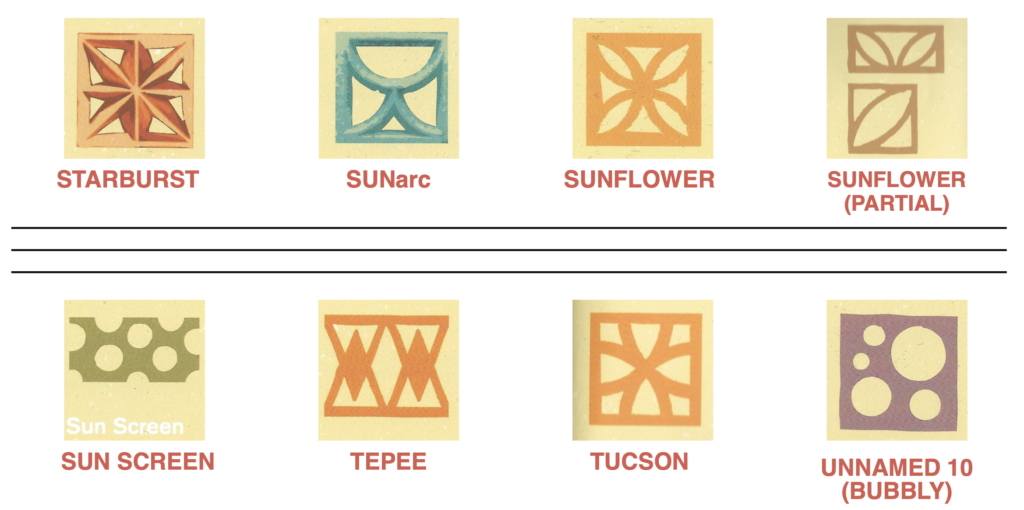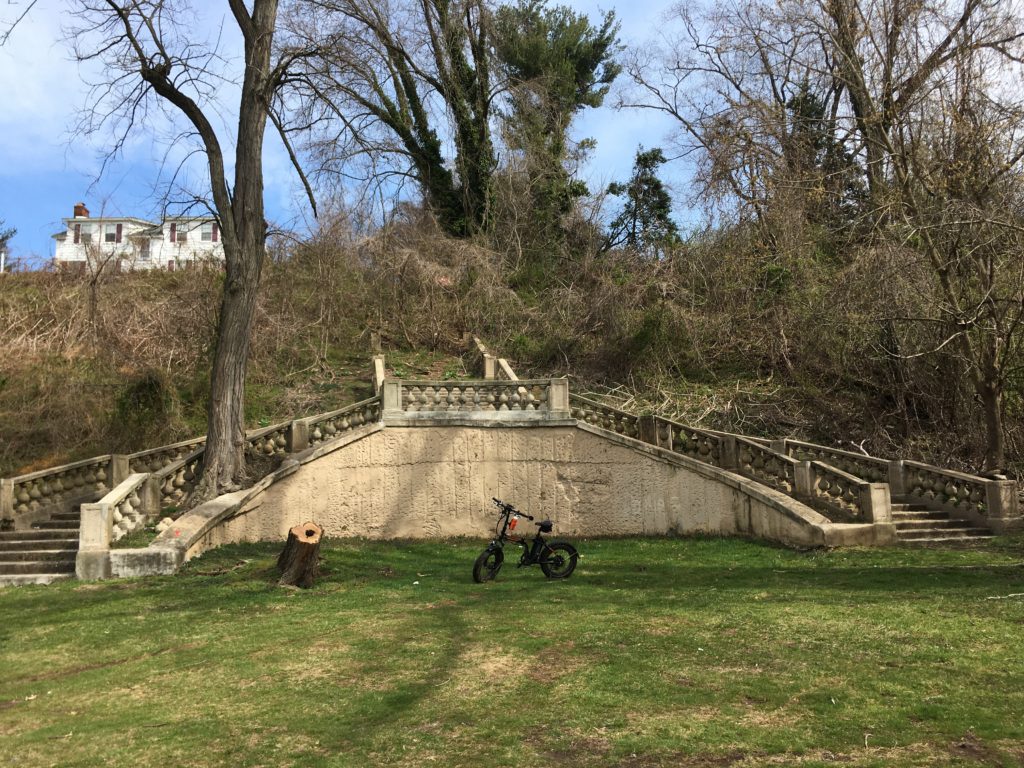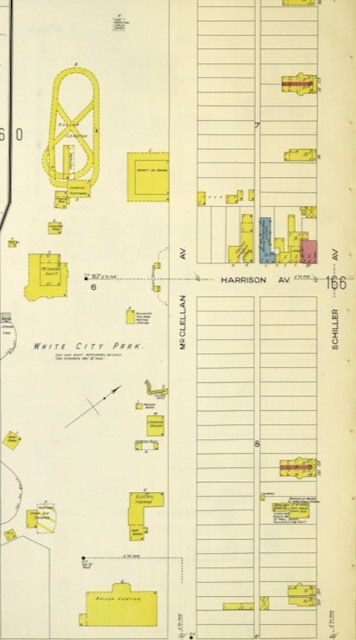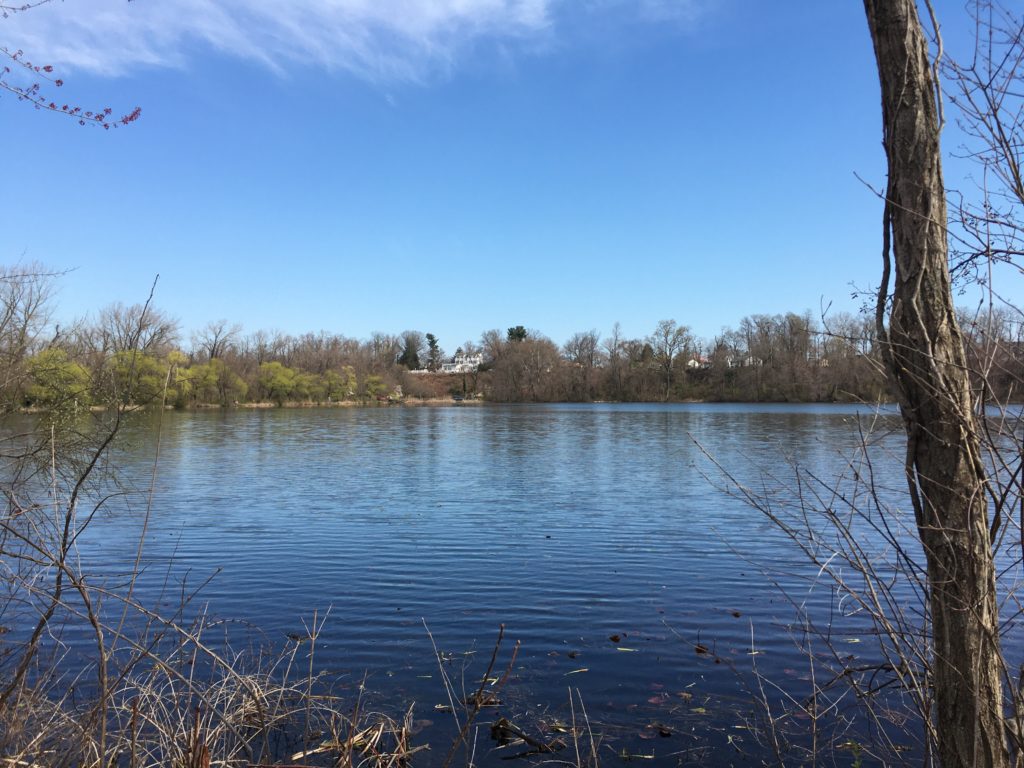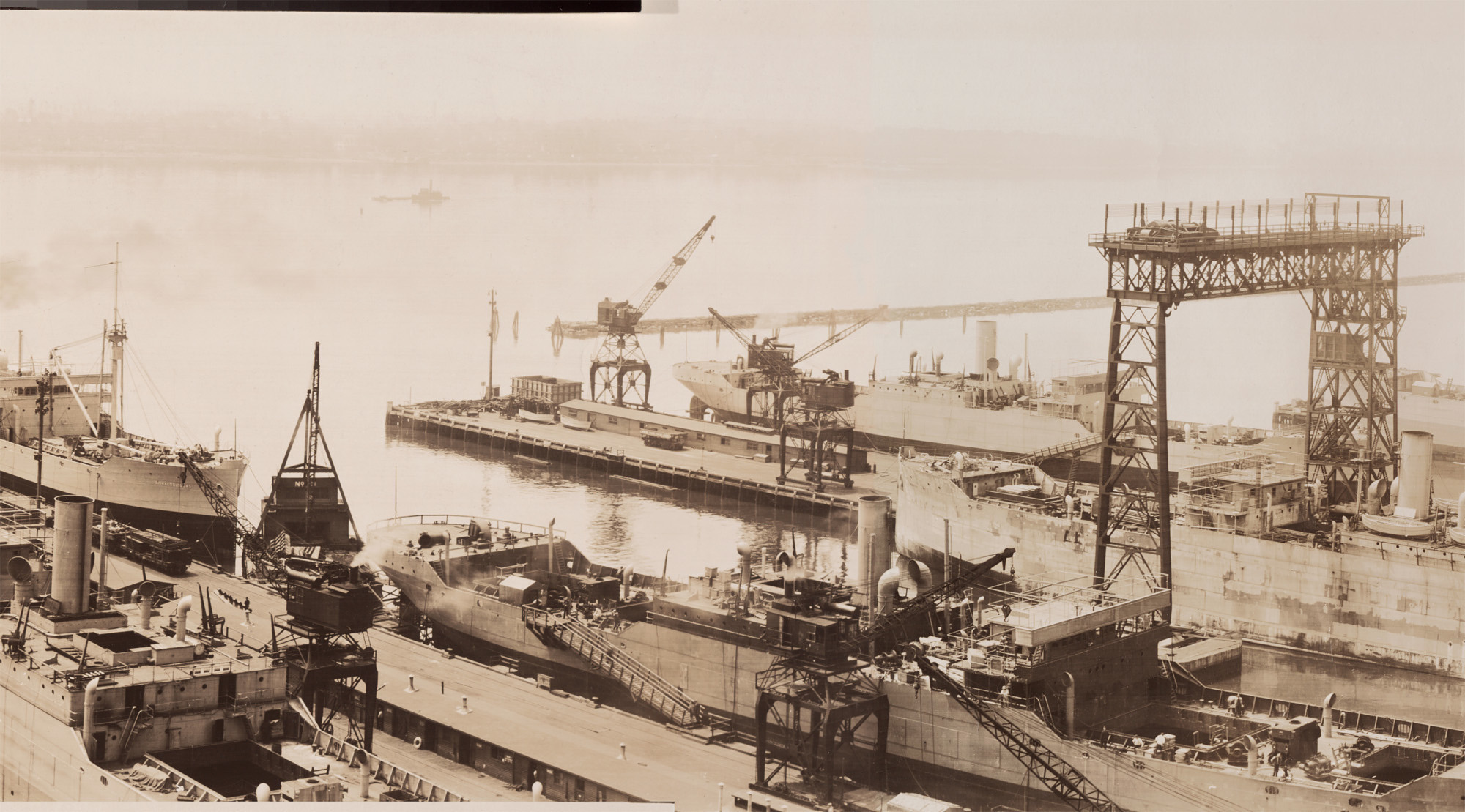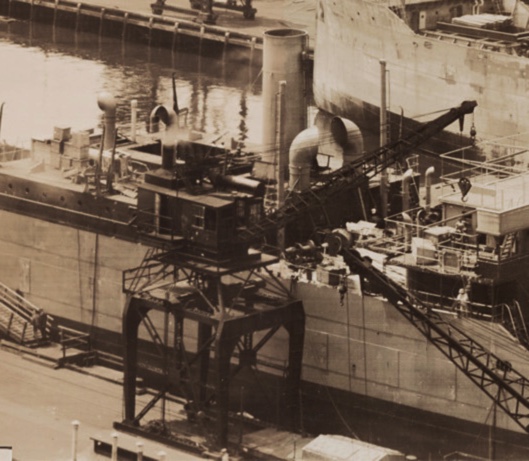Publisher Springer has temporarily made hundreds of textbooks available to download for free during the coronavirus pandemic. For archaeologists, there’s Diane Gifford-Gonzalez’s ~600 page zooarchaeology book. A sample of other free books is below, and you can find all the rest at Springer. Thanks to @jriveraprince for pointing this out on Twitter.

An Introduction to Zooarchaeology
An Anthology of London in Literature, 1558-1914
ArcGIS for Environmental and Water Issues
Writing for Publication: Transitions and Tools that Support Scholars’ Success
Social Media Management: Technologies and Strategies for Creating Business Value
Of Cigarettes, High Heels, and Other Interesting Things: An Introduction to Semiotics


